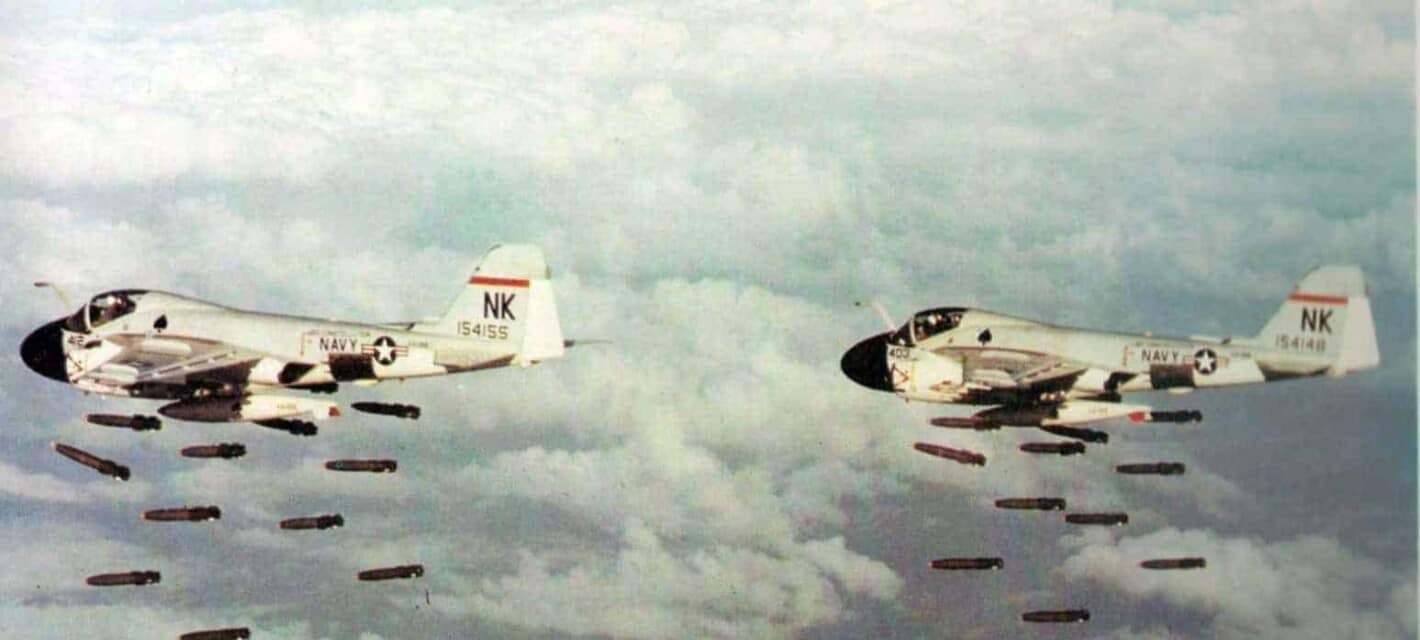This day in 1971 the US air force launches a massive wave of attacks against targets in North Vietnam. The air raids were seen as the sharpest escalation in the war since the end of Operation Rolling Thunder in 1968. US fighter bombers attacked a wide variety of targets in North Vietnam. These included airfields, military bases, munitions factories and communications. The US air force bombarded Communist targets for five full days. They North Vietnamese could not challenge the Americans in the air but they were equipped with sophisticated SAM anti-aircraft. The US fighter-bombers came under constant attack from the ground. Several American planes were downed and their pilots were either killed or captured. There were fears that the American planes had mistakenly hit a prison that held American POWs.

The raids were a pre-emptive attack on the North Vietnamese army. There had been intelligence that the North Vietnamese had been planning a major offensive against the South. The raids were designed to disrupt the North Vietnamese plans. At this stage in the war, the Americans had been reducing their presence in the South. As a result, the South Vietnamese army was generally seen as weak and vulnerable to a North Vietnamese attack. The American Secretary of Defense publicly stated that the attacks had been a response to the communists’ failure to honor previous agreements not to conduct combat operations in the Demilitarized Zone between North and South Vietnam. The US air force flew many missions in the five-day offensive. In some missions, over two hundred planes were involved and they dropped tons of explosives. The US had launched as many attacks in 1971 as they had in the two and a half years previously. The increasing attacks from the air was a deliberate strategy by President Nixon. He believed that he could use these to force the North Vietnamese to make concessions and even secure to a ceasefire.
The air raids sparked a new wave of anti-war demonstrations in the US and many of them turned violent and there were mass arrests. The massive air raids did not significantly disrupt the North Vietnamese plans and they were able to stage an offensive in early 1972. Despite the increase in the bombing of North Vietnam, their military capabilities had been increasing, thanks to the support of the Soviet Union and to a lesser extent Red China. In 1975 the North Vietnamese, after the withdrawal of American forces, captured Saigon and ended the Vietnam War.

